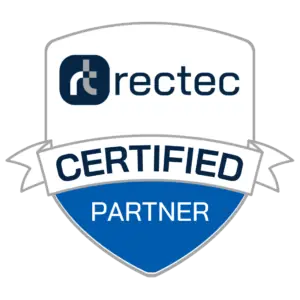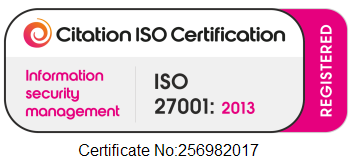13 Tips For Hiring Senior Roles
Hiring for senior roles is a crucial process for any organisation, but it can often be challenging due to the high stakes involved. The individuals selected for these positions play a significant role in shaping the direction and success of the company. So, it’s essential to have effective strategies in place to streamline the hiring process and attract the right talent.
Defining Senior Roles
Before diving into the hiring process, you need to have a clear understanding of what constitutes a senior role within your organisation. Unlike junior positions, senior roles typically require extensive experience, specialised skills, and leadership capabilities. Identifying these key criteria will help you target the right candidates and tailor your recruitment efforts accordingly.
Identifying Key Requirements
Once you’ve defined senior roles, the next step is to pinpoint the specific skills, qualifications, and attributes necessary for success in these positions. This may include technical expertise, industry knowledge, management experience, and strategic thinking abilities. By clearly outlining these requirements, you can ensure that candidates meet the necessary criteria from the outset.
Streamlining the Hiring Process
A streamlined hiring process is essential for attracting top talent efficiently. This begins with developing a comprehensive job description that outlines the role’s responsibilities, expectations, and desired qualifications. Additionally, utilising targeted recruitment strategies, such as networking events, industry conferences, and online job boards, can help you reach qualified candidates more effectively.
Leveraging Technology
Technology can be a valuable ally in the hiring process, particularly when it comes to managing large volumes of applications and assessing candidate suitability. Applicant tracking systems (ATS) can streamline the recruitment process by automating administrative tasks, organising applicant data, and tracking candidate progress. Additionally, online assessments and simulations can provide valuable insights into candidates’ skills and competencies.
Implementing Behavioural Interviewing
Behavioural interviewing is a proven technique for assessing candidates’ past behaviour and performance in relevant situations. By asking candidates to provide specific examples of how they’ve handled challenges or achieved success in the past, you can gain valuable insights into their abilities, decision-making processes, and cultural fit within your organisation.
Promoting Company Culture and Values
Company culture and values play a significant role in attracting and retaining top talent. During the hiring process, it’s essential to highlight your organisation’s unique culture, values, and mission statement to candidates. This can help you attract individuals who are not only qualified for the role but also aligned with your company’s ethos and vision for the future.
Offering Competitive Compensation and Benefits
In today’s competitive job market, offering competitive compensation and benefits is essential for attracting top talent. Senior roles often come with higher salary expectations and additional perks, such as healthcare benefits, retirement plans, and flexible work arrangements. By offering a competitive compensation package, you can demonstrate your commitment to valuing and rewarding employees’ contributions.
Providing Growth Opportunities
Senior candidates are often looking for opportunities for career advancement and professional development. During the hiring process, it’s essential to emphasise the potential for growth and advancement within your organisation. This may include opportunities for mentorship, training programs, and leadership development initiatives that can help candidates further their careers and achieve their long-term goals.
Encouraging Employee Referrals
Employee referrals can be a valuable source of high-quality candidates, as existing employees are likely to recommend individuals who they believe would be a good fit for the organisation. Encouraging employees to refer qualified candidates can help you tap into their networks and identify potential hires who may not be actively seeking employment but would be interested in the opportunity.
Conducting Thorough Background Checks
Before extending an offer to a candidate, it’s essential to conduct thorough background checks to verify their credentials, experience, and references. This may include checking employment history, verifying educational qualifications, and contacting previous employers or colleagues for feedback. By conducting due diligence upfront, you can ensure that you’re making informed hiring decisions and mitigating potential risks.
Onboarding and Integration
Effective onboarding and integration processes are critical for setting new hires up for success and ensuring a smooth transition into their new roles. Providing comprehensive orientation sessions, assigning mentors or buddies, and facilitating introductions to key team members can help new hires acclimate to their roles and integrate into the organisation more quickly.
Monitoring and Evaluation
Once new hires are on board, it’s essential to monitor their progress and performance regularly. This may include conducting regular performance reviews, soliciting feedback from managers and colleagues, and providing ongoing support and development opportunities as needed. By maintaining open lines of communication and offering constructive feedback, you can help employees thrive in their roles and contribute to the organisation’s success.
Adapting to Changing Needs
Finally, it’s essential to remain flexible and adaptable in your hiring strategies to meet changing business needs and market conditions. This may involve adjusting your recruitment approach, revisiting job descriptions, or exploring new sourcing channels to attract candidates with the right skills and expertise. By staying agile and responsive, you can ensure that your organisation remains competitive in the talent market and continues to attract top talent over time.
Hiring for senior roles is a complex and challenging process, but with the right strategies in place, it can be made more manageable and effective.




Comments are closed